
Pin by TakuJiro on 天皇 Emperor taishō, Emperor, Taisho era
Taishō period (1912-1926) The Taishō period continued the process of adoption and transformation of foreign models. During this period Japan participated in World War I and continued its colonial rule of Korea and Taiwan, occupations dating from the Meiji period. In the cultural field, the eclectic style that had emerged in architecture.
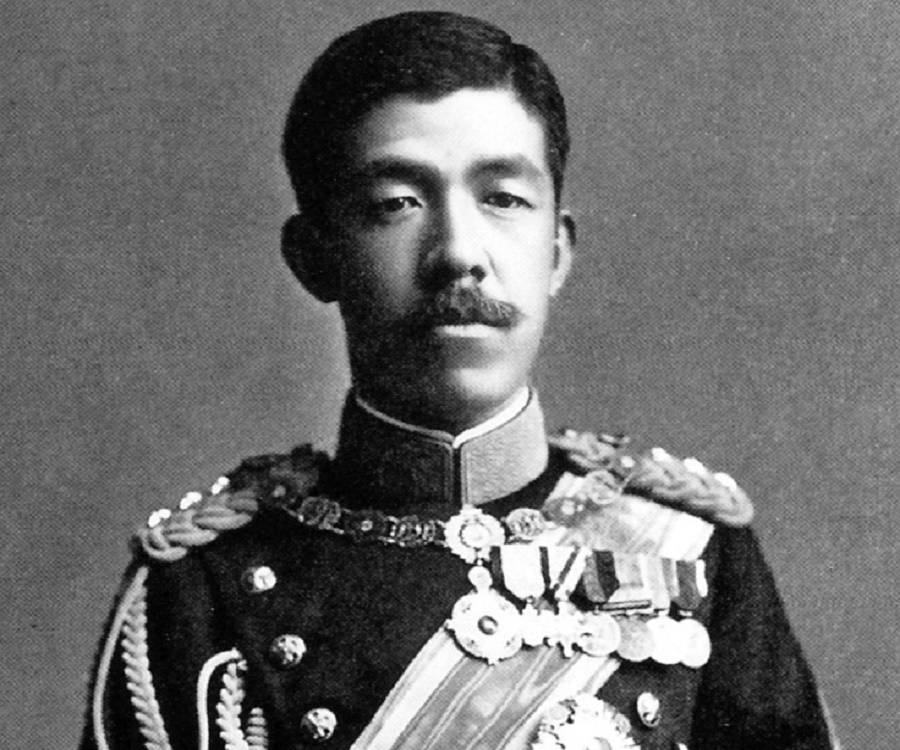
Emperor Taishō Biography Facts, Childhood, Family Life & Achievements
Taishō period, (1912-26) period in Japanese history corresponding to the reign of the Taishō emperor, Yoshihito (1879-1926). It followed the Meiji period and represented a continuation of Japan's rise on the international scene and liberalism at home. Politically, the country moved toward broader representational government.
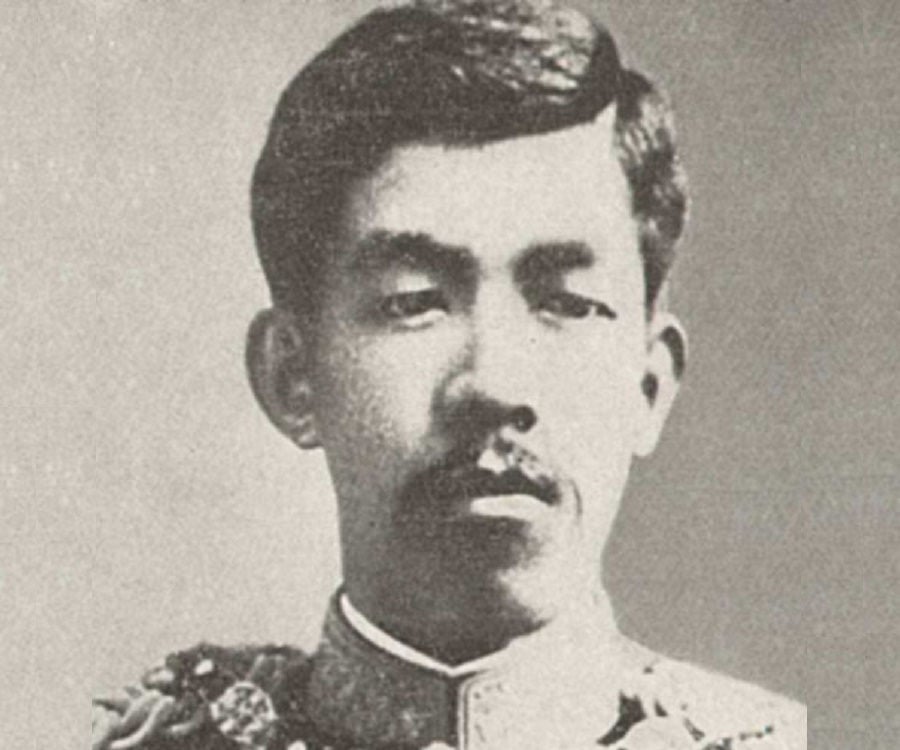
Emperor Taishō Biography Facts, Childhood, Family Life & Achievements
Taishō eraTaishō jidai [taiɕoː dʑidai] was a period in the history of Japan dating from 30 July 1912 to 25 December 1926, coinciding with the reign of Emperor Taishō [1] The new emperor was a sickly man, which prompted the shift in political power from the old oligarchic group of elder statesmen (or Imperial Diet of Japan.

Emperor Meiji Wikipedia, the free encyclopedia Emperor taishō
The Taishō era (大正時代, lit. "Great Righteousness", 1912-1926) is the period of the Taishō Emperor 's reign. The health of the new emperor was weak, which prompted the shift in political power from the old oligarchic clique of "elder statesmen" ( genrō) to the parliament and the democratic parties.

Emperor Taisho of Japan posters & prints by Corbis
The Taisho period, or Taisho era, is a period in the history of Japan dating from July 30, 1912, to December 25, 1926, coinciding with the reign of the Emperor Taisho.

Emperor Taishō Wikipedia
Emperor Taishō or Taishō Tennō, meaning "Great Righteousness," was the 123rd Emperor of Japan. He ruled over the nation from 1912 to 1926. He was born Prince Yoshihito. Having contracted a critical illness during his infancy, he suffered from physical and neurological problems all his life.
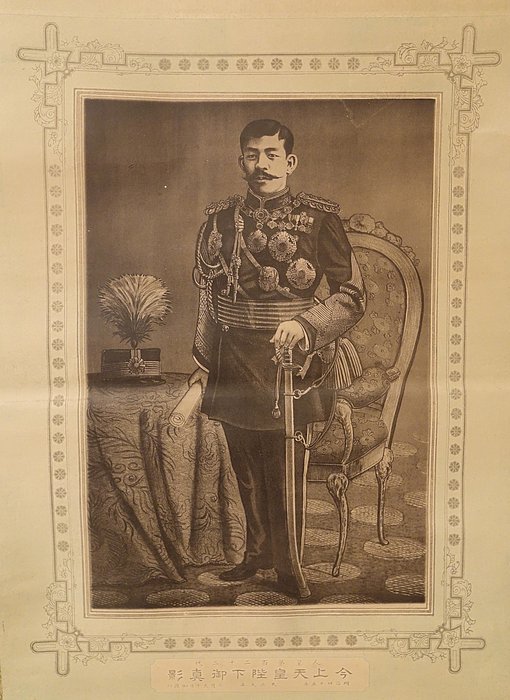
Hanging scroll print Emperor Taishō (18791926), 123rd emperor of
Yoshihito ( Japanese: 嘉仁, 31 August 1879 - 25 December 1926), posthumously honored as Emperor Taishō (大正天皇, Taishō-tennō), was the 123rd emperor of Japan, according to the traditional order of succession, and the second monarch of the Empire of Japan from 1912 until his death in 1926. The era he presided over is known as the Taishō era .

Nachrichtenfoto Emperor Taisho, Yoshihito, 1879 to 1926 123rd... in
Yoshihito , posthumously honored as Emperor Taishō , was the 123rd emperor of Japan, according to the traditional order of succession, and the second monarch of the Empire of Japan from 1912 until his death in 1926. The era he presided over is known as the Taishō era.
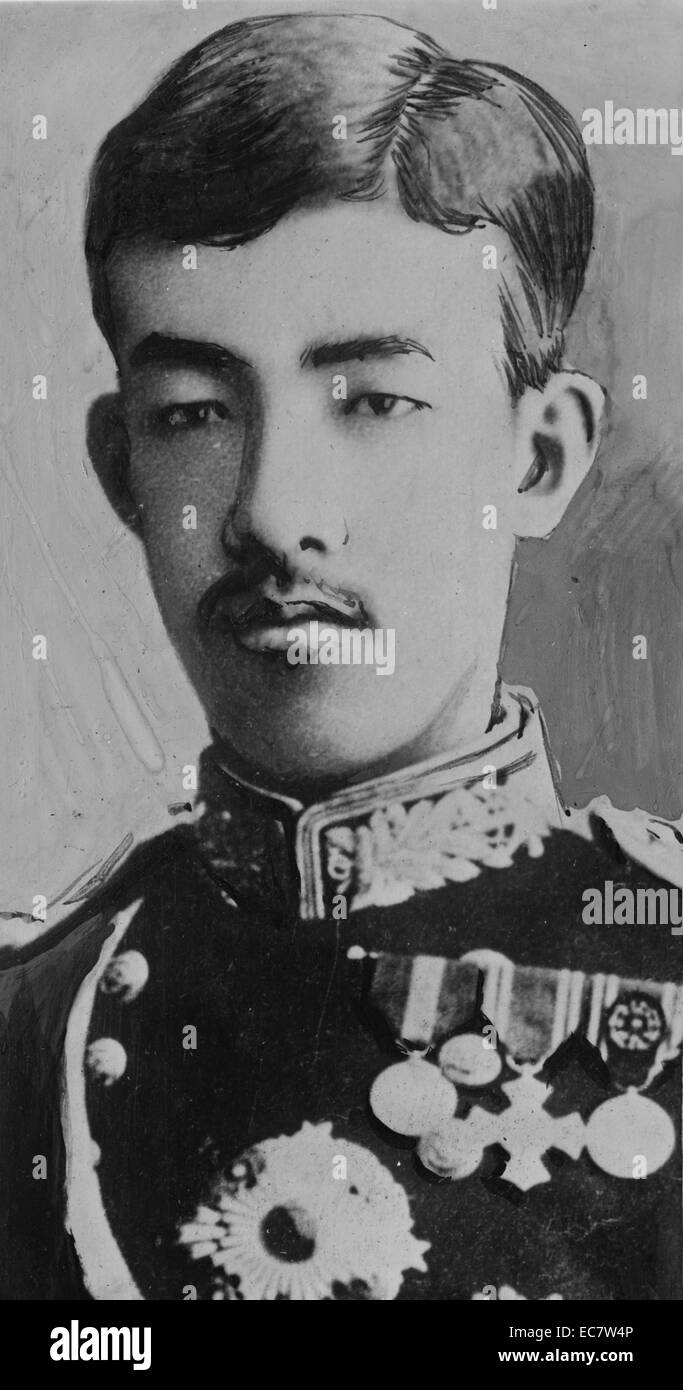
Emperor Taisho of japan, 1879 1926. the 123rd Emperor of Japan
Emperor Taishō (大正天皇, Taishō-tennō, 31 August 1879 - 25 December 1926) was the 123rd emperor of Japan according to the traditional order of succession. His reign started in 30 July 1912 and ended with his death in 1926.

The Japanese Monarchist The Taisho Emperor
Emperor Taishō Emperor Taishō (大正天皇, Taishō-tennō, 31 August 1879 - 25 December 1926) was the 123rd emperor of Japan according to the traditional order of succession. [1] His reign started in 30 July 1912 and ended with his death in 1926. [2]

Meiji tenno hires stock photography and images Alamy
Taishō Taishō views 3,873,668 updated Taishō (tī´shō), 1879-1926, reign name of emperor of Japan (1912-26). His given name was Yoshihito. The son of Mutsuhito, the Meiji emperor, he succeeded to the throne in 1912, but because of illness he played little part in governing the nation.

Emperor Taisho 123rd emperor of Japan 19121926. Outside Japan... News
In January 1920, Emperor Taishō issued an "imperial ordinance on the restoration of peace," exhorting citizens to take advantage of peace and move forward in line with the progress of the age.

Emperor Taishō r/hoi4portraits
Yoshihito (嘉仁), the Taishō Emperor (大正天皇, 31 August 1879-25 December 1926, r. 1912-1926), was the 123rd emperor of Japan in the traditional count (which also includes several nonhistorical emperors). He was the surviving son of Emperor Meiji by Yanagiwara Naruko, a lady-in-waiting at the Imperial Palace.

Japan’s Emperor Taishō A Life in Photos YouTube
Taishō (born August 31, 1879, Tokyo, Japan—died December 25, 1926, Hayama) the 123rd ruling descendant of the Japanese imperial family, the emperor who reigned from 1912 to 1926 during a period in which Japan continued the modernization of its economy. Yoshihito was proclaimed crown prince on November 3, 1889, after his two elder brothers died.

Emperor Taishō Getty Images
The Taishō Period is the era between 1912 and 1926, when Emperor Yoshihito reigned. After Emperor Yoshihito passed away, he became known as Emperor Taishō.This period in history may have been short, but within these fourteen years many important events occurred, such as Japan entering the First World War and the Great Kantō Earthquake in 1923, after which over 100,000 people were declared.
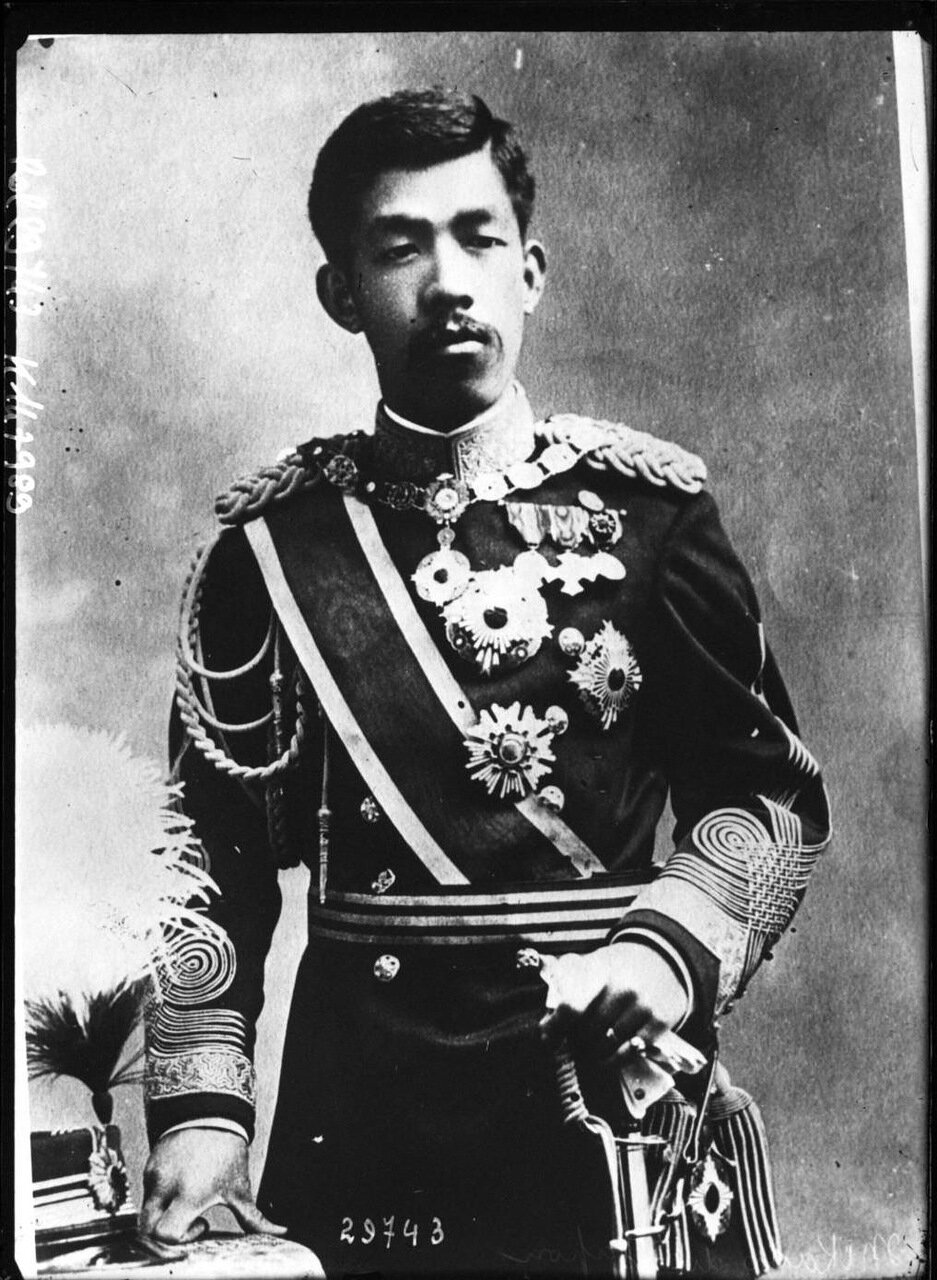
Suasana Jepun Pada Era Perang Dunia Pertama (50pics) CARI
Emperor Taishō was a man of letters and chose not to have concubines. Although he was prone to illness since childhood and sat on the throne for only 15 years, he and the empress had four.